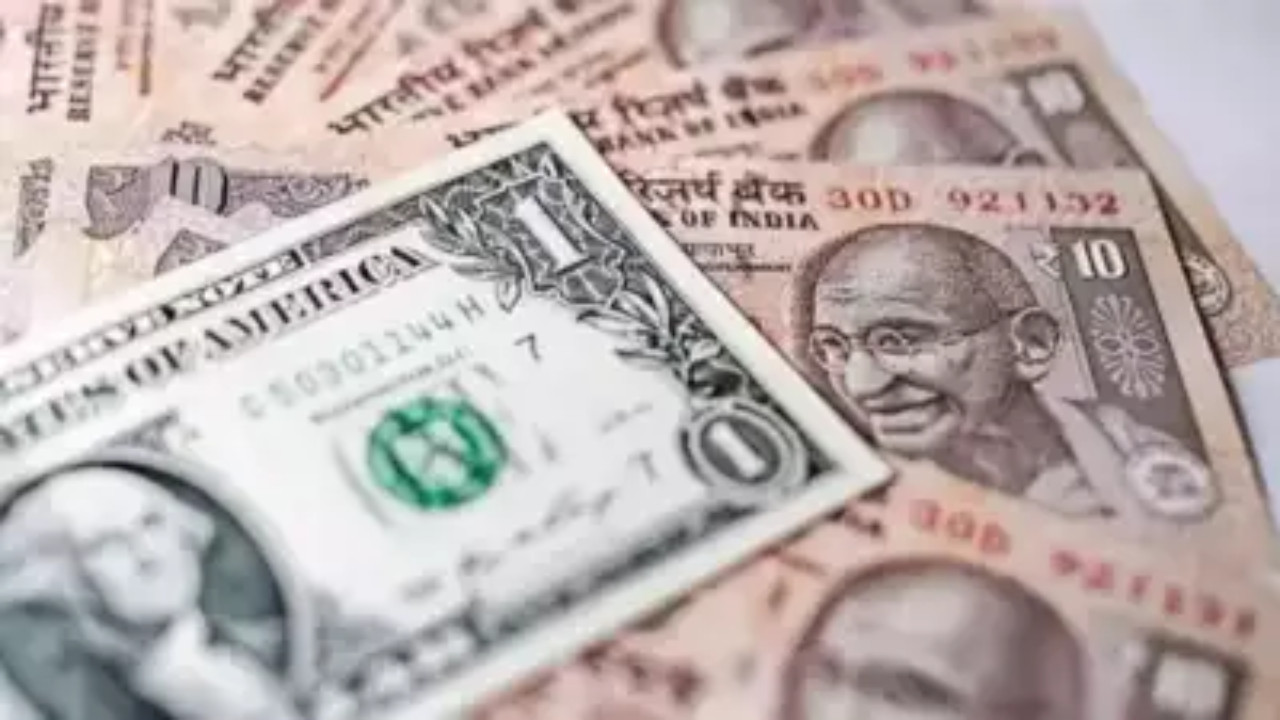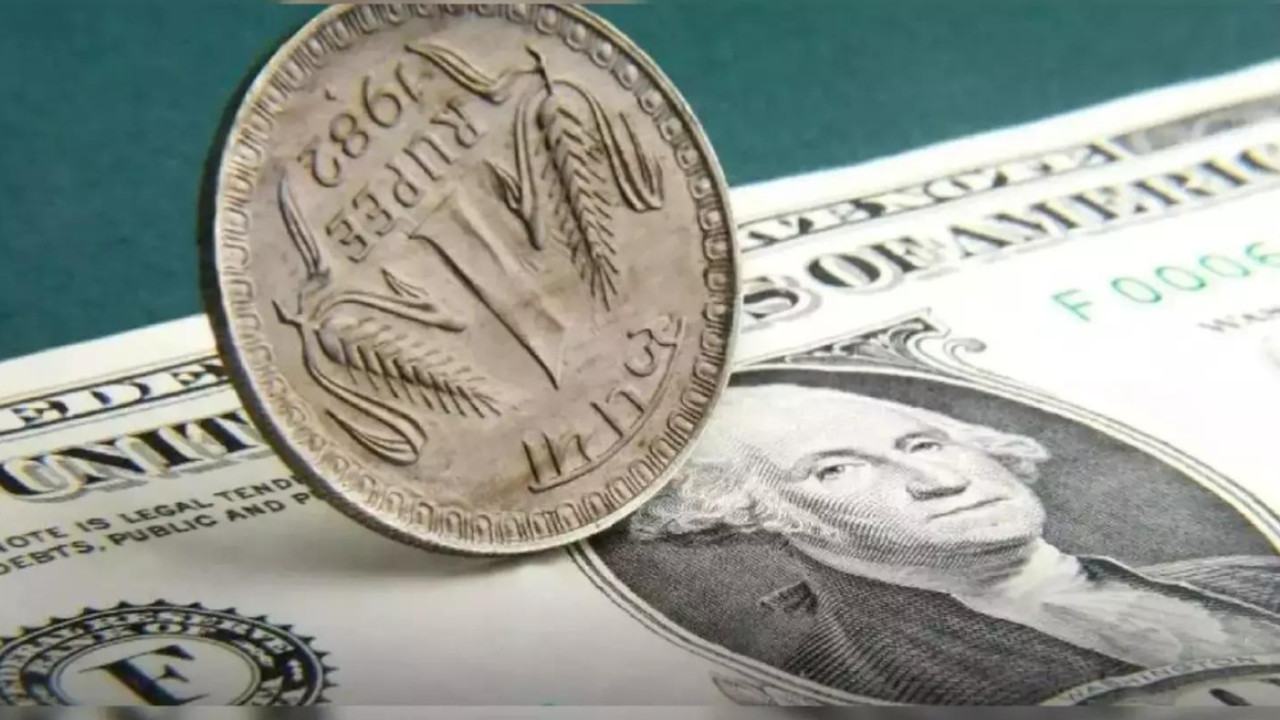Rupee’s Tightrope Walk: Oil Prices and a Dollar Dance
Okay, let’s talk rupees and dollars. It’s a dance as old as time, or at least as old as global trade. But recently, it’s felt more like a tightrope walk, hasn’t it? Our Indian rupee just nudged down a smidge – a single paisa – to settle at 83.59 against the US dollar. Now, a single paisa might seem like pocket change (literally!), but in the grand scheme of international finance, those little dips and dives can ripple outwards.
So, what’s causing this rupee wobble? Well, the short answer is: a perfect storm of familiar pressures.
First up, the elephant in the room: oil prices. They’re like that guest who always overstays their welcome, and right now, they’re definitely camping out at high levels. We all know India is a major oil importer, and when crude gets pricey, it puts a strain on our currency. Think of it like this: we need to buy dollars to pay for that oil, and the more expensive the oil, the more dollars we need, which can weaken the rupee’s position.
It’s a simple supply-and-demand equation, really. But the implications are anything but simple. Higher oil prices eventually translate to higher costs for everything from transportation to manufacturing. It can even fuel inflationary pressures, making life a bit more expensive for all of us.
Then there’s the importer demand. We’re a growing economy, which means Indian businesses are constantly buying goods and services from abroad. Just like with oil, these imports need to be paid for in dollars, creating a consistent demand that can keep the rupee under pressure.
Now, let’s be clear: this isn’t a full-blown crisis. It’s more like the rupee is adjusting to the global economic landscape. We’ve seen far more dramatic fluctuations in the past, and the Reserve Bank of India (RBI) has a whole toolbox of strategies to manage these situations.
Speaking of the RBI, they’re playing a careful game of balancing acts. On one hand, they want to keep the rupee stable to avoid imported inflation and maintain investor confidence. On the other hand, they don’t want to intervene too aggressively, as that can deplete our foreign exchange reserves.
The recent single-paisa dip is probably a reflection of this balancing act. The RBI is likely monitoring the situation closely, ready to step in if things get too volatile. But they’re also letting the market forces play out to some extent.
What’s interesting is that even with these downward pressures, the rupee has shown resilience. It hasn’t collapsed, and it’s generally held its own against a strengthening dollar. This suggests that there’s underlying strength in the Indian economy. Factors like solid economic growth, increasing foreign investment, and government reforms are all contributing to this resilience.
Looking ahead, it’s unlikely that the rupee will suddenly transform into a powerhouse currency. The global economic uncertainties are just too significant. Geopolitical tensions, fluctuating interest rates in the US, and the ever-present threat of inflation will continue to influence the rupee’s trajectory.
The key takeaway is this: the rupee is likely to remain in a state of dynamic equilibrium. We can expect periods of stability, followed by occasional dips and rises, as it navigates the complexities of the global market.
What can we expect? A few things to watch for:
* Oil Prices: Keep an eye on the global oil market. Any significant spike could put further pressure on the rupee.
* US Federal Reserve Policy: The Fed’s interest rate decisions have a ripple effect across the world. If the Fed raises rates, it could strengthen the dollar and potentially weaken the rupee.
* Foreign Investment Flows: If foreign investors become less confident in the Indian economy, they might pull out their investments, which could weaken the rupee.
* RBI Intervention: The RBI’s actions will be crucial in managing the rupee’s volatility.
Ultimately, the rupee’s performance is a reflection of India’s overall economic health. As long as we continue on a path of sustainable growth and sound economic management, the rupee should be able to weather the storms and maintain a reasonable degree of stability.
So, the next time you hear about the rupee dipping or rising, remember it’s not just a number. It’s a snapshot of our economic story, constantly being written and rewritten on the global stage. And it’s a story worth paying attention to.
📬 Stay informed — follow us for more insightful updates!







